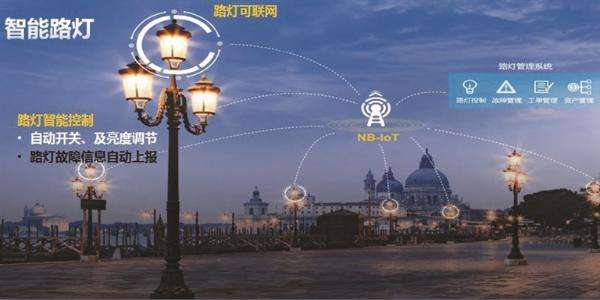Merging GSM with WLAN in a mobile handset
Multi-mode handsets are designed to work in conventional wireless LAN (WLAN) hotspots as well as in GSM cellular networks. Multi-mode communication is important to consumers for applications such as GSM/WLAN voice-over-IP (VoIP) VoIP conference calling or GSM Voice/WLAN Internet access.
Significant gains are achieved over other multi-mode implementations by coordinating the transmissions and receptions between the wireless standards. By scheduling radio resources in a prioritized round-robin manner, both standards have fair access to the radio channel while eliminating cross interference. This reduction in cross interference removes the need for expensive filter components and increases link reliability.
As with any mass-market consumer application, there''s merit in examining the market driven factors that will affect the system architecture and solution. For example, convergence handsets can''t sacrifice performance. The wireless consumer has come to expect an acceptable performance level from their cellular handset. Overall link range and voice quality can''t suffer when WLAN and VoIP functionality is added.
Users also demand competitive talk and standby times. A multi-mode handset operates in both cellular and WLAN/VoIP networks. For widespread consumer acceptance, its time-averaged power draw must be equal to or better than the single-mode cellular device.
Third, the devices must have small form factors. VoIP will achieve mass-market deployment in feature phones, or devices geared predominantly towards voice-centric applications. Such phones don''t employ large touch screens or alphanumeric keypads and are often driven by market competition towards the smallest possible form factor. These form factors must be maintained even when WLAN/VoIP capability is added.
Issues with concurrent operation
It''s been established that in small, low-cost, handsets GSM and WLAN interfere with one another, and thus degrade the performance of both systems. There are several conditions where the interference can be problematic. These include when both GSM and WLAN are simultaneously transmitting, when GSM is receiving and WLAN is transmitting, and when GSM is receiving and WLAN is transmitting.
When both GSM and WLAN are transmitting, the interaction of the two transmitters cause intermodulation distortions due to power supply and local oscillator pulling. This interaction distorts both transmissions such that the waveforms are no longer Wi-Fi or GSM compliant. Furthermore, it causes spurious emissions that violate FCC regulations for GSM. The broadband noise floors of both power amplifiers can also lead to cross-spectral emission violations. This can be somewhat mitigated in traditional approaches by using more selective (and costly) filtering and RF shielding and isolation.
When GSM is transmitting at full power (30 to 33 dBm), its out-of-band leakage will desense the WLAN receiver, causing a Wi-Fi multi-mode device to miss incoming packets. The WLAN access point is thus burdened with additional retransmissions to the multi-mode device. Conversely, when WLAN is transmitting at full power (18 to 20 dBm), its out-of-band leakage will also desense the GSM receiver. For GSM subscribers, dropping even a few data packets during a conversation will lead to unacceptable audio quality. In addition, this desense will cause the GSM receiver to fail GSM type acceptance criteria for overall system sensitivity.
There are two predominant methods for dealing with interference. Several multi-mode devices significantly reduce the output power levels for both the GSM and WLAN radios. One device measured in a lab scaled the GSM transmit power back to 26 dBm, with the maximum measured WLAN power of only 13 dBm. With increased front-end filtering and significant separation between the GSM and WLAN antennae, some simultaneous operation was possible with the device.
There are several major drawbacks to such a solution. These include increased cost and size and reduced range. The increased cost is due to the increased selectivity required from the front-end filtering, while the increased size results from physical separation required between the WLAN and GSM antenna and transceiver chain circuitry. The reduced range is directly caused by the lower transmit power levels for both GSM and WLAN. This severely reduces the operating range.
Due to these limitations, most traditional multi-mode GSM/WLAN systems have resorted to non-simultaneous operation. The WLAN transmitter is turned off whenever the GSM radio is active, thus preventing any degradation to GSM. Furthermore, if a GSM transmission interferes with a WLAN reception, the WLAN subsystem relies on WLAN access point retransmissions to receive the packet (Fig. 1).

1. The interaction between WLAN and GSM is shown.
